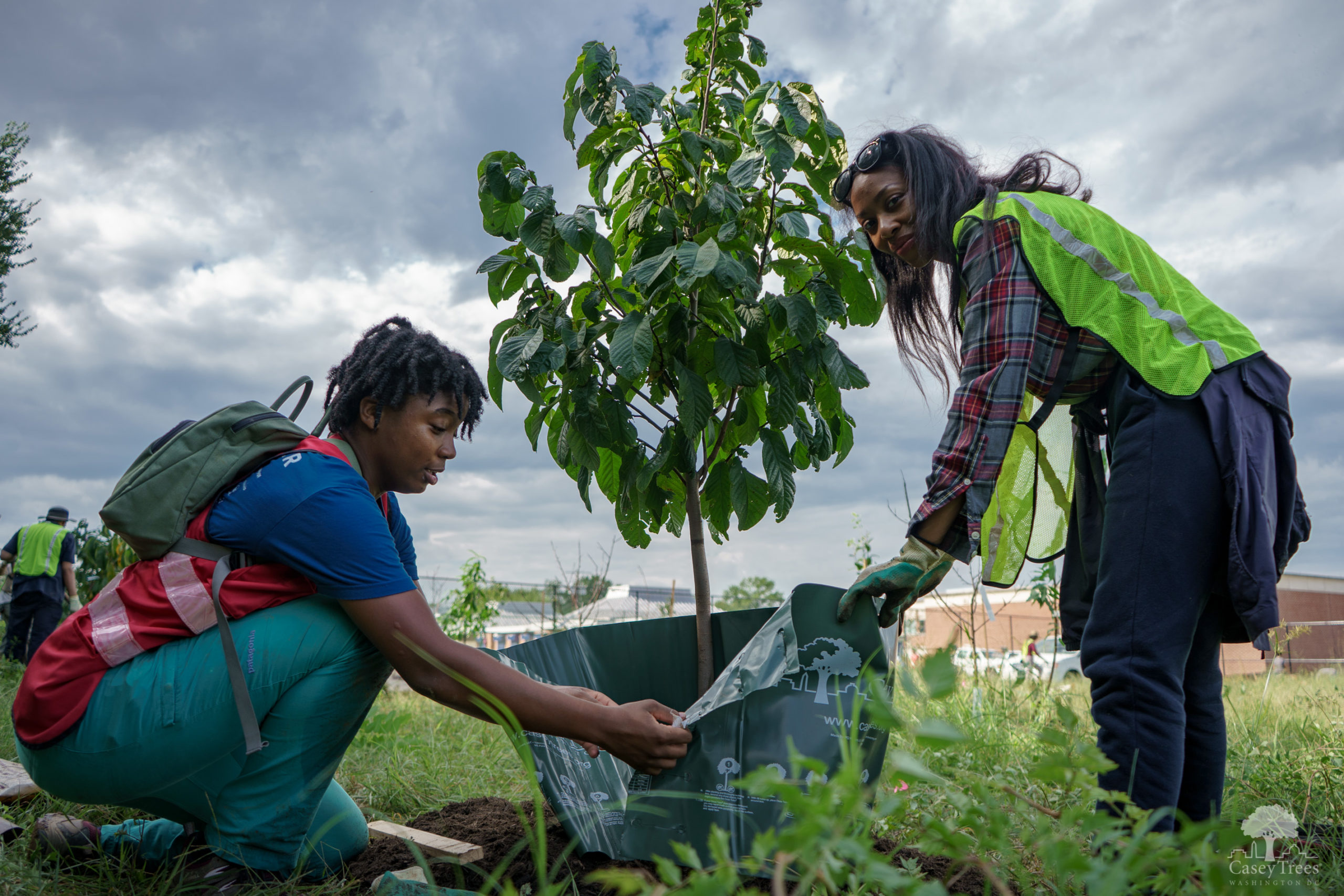This metric evaluates the condition of trees across the District.
For over a decade, Casey Trees conducted this tree health assessment
via
iTree Eco
by sampling plots throughout the City. In 2019, DC switched from
this method to the U.S.D.A. Forest Service’s (USFS) standard
Urban Forest Inventory and Analysis
(Urban FIA). Urban FIA has advantages over the old method in that it
provides more robust data, is used nationwide, and produces results
that can be compared across the U.S.
Unfortunately, due to a disagreement between federal agencies, the
USFS could not collect data from Rock Creek Park, which is managed
by the National Parks Service (NPS). The absence of data from Rock
Creek Park compromises the overall study results and hinders the
District’s ability to monitor and manage its natural resources.
Due to the incomplete tree inventory, we will grade tree health
based on the data from the previous tree health analysis, calculated
at 83%. Therefore, for this year, we will assign Tree Health a
B- grade.
If the Urban FIA remains stalled next year, we will be forced to
assign Tree Health an “incomplete.” Casey Trees will then consider
how to obtain this important data via different methods, on our own,
with our District partners.
Calculations Explained
Plots with trees in good or excellent health/
Plots
surveyed
166/201 = 0.83 or 83%






